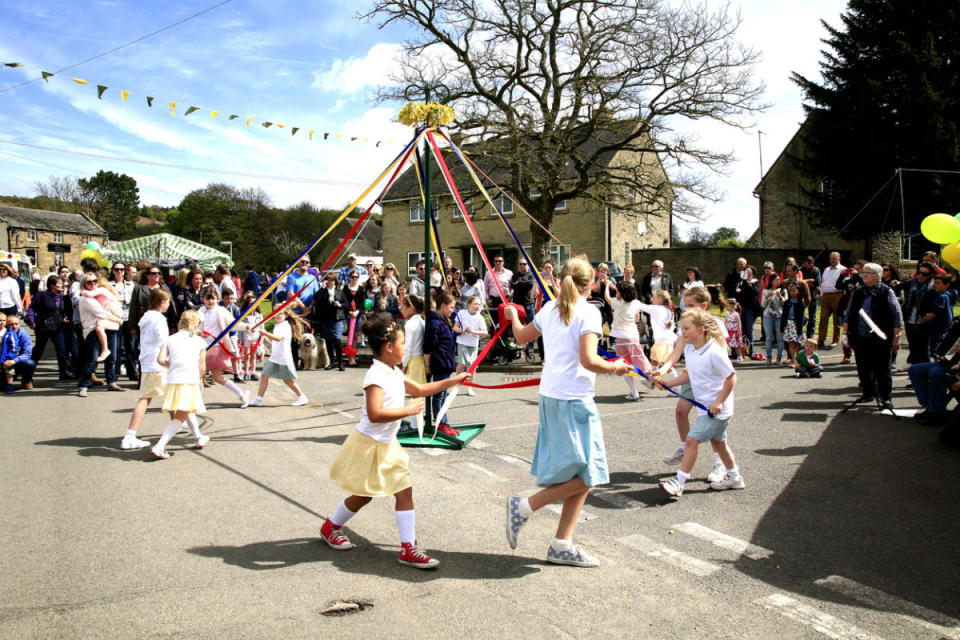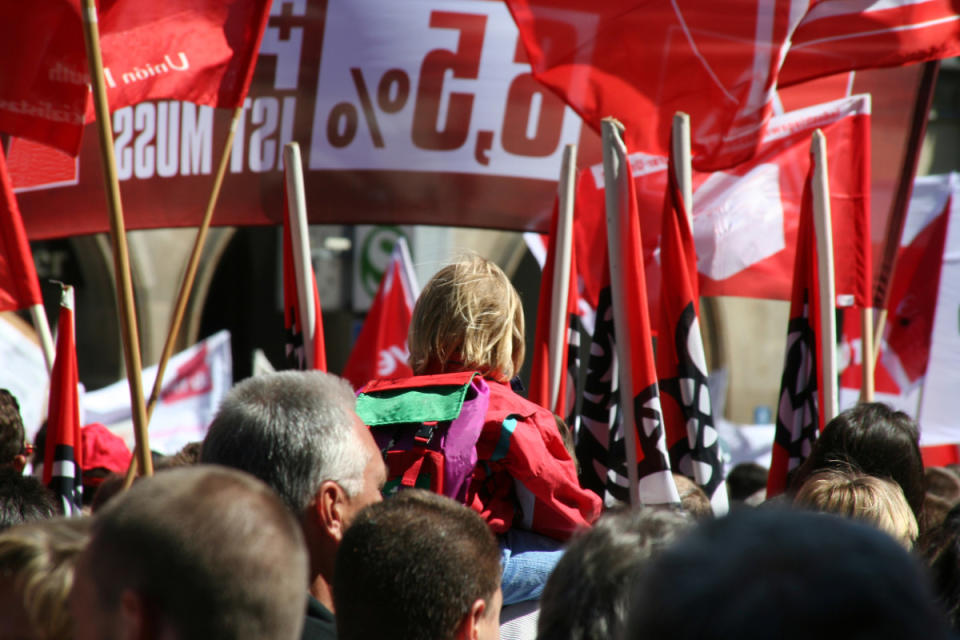What’s the History of May Day and Why Do We Celebrate It?

What is May Day?
You might have heard of May Day, but do you know exactly what it is and why people celebrate it? The origins of May Day can be confusing because May Day has a few different meanings depending on where you are in the world. On the one hand, May Day is a traditional spring festival dating back to the ancient Greeks and Romans. But it’s also a more modern holiday commemorating the struggles and triumphs of labor movements around the world. We’re taking a look into some common questions you might have about the holiday, like what May Day is and the history of May Day.
Related: The Surprising History of Cinco de Mayo
When is May Day 2024?
May Day is on May 1 every year. This year, May 1, 2024 falls on a Monday.
Related: May Day, Mother’s Day and Much More! May Holidays and Observances in 2024
What is May Day?
May Day, also known as Workers’ Day or International Workers’ Day, is celebrated in several countries around the world, especially in Europe. The day honors the struggles and achievements of labor movements fighting for workers’ rights. In some countries, it’s a public holiday similar to Labor Day in the U.S. May Day also has more ancient origins as a pagan festival marking the arrival of spring.
Related: Memorial Day 2024: The Meaning & History of the Holiday
What is the history of May Day?
The meaning of May Day has evolved over the years. Ancient Greeks and Romans held festivals on May Day to celebrate the return of spring. People gathered flowers, wove flower garlands and danced around a May tree or Maypole to encourage the fertility of crops and livestock, according to Britannica.

iStock
These traditions endured for centuries in many parts of Europe, but they never took hold in the U.S., largely because Puritans in New England disapproved of their pagan origins. Today, some countries in Europe still celebrate May Day with traditional dancing, folk music, and bonfires. For instance, if you've ever heard of Beltane, a Gaelic festival celebrated in Ireland, Scotland and other places, that's their own May Day. Beltane is also celebrated by neopagans and Wiccans today.
In the 19th century, May Day took on a secondary meaning as a day celebrating workers’ rights. The modern May Day was established in the wake of the 1886 Haymarket Riot in Chicago, a bloody confrontation between police and demonstrators advocating for eight-hour workdays and other workplace protections.
Related: When Is Mother's Day, and What's the History of Mother's Day?
Today, May Day is an official holiday in 66 countries, according to History.com. However, it is not widely recognized in the U.S., the country where it began. President Grover Cleveland feared the socialist and communist origins of the holiday, and worried that May Day celebrations would encourage people to join radical causes. Instead, he established Labor Day as a federal holiday in 1894.
How do people celebrate May Day?

iStock
In many parts of the world, people mark May Day with parades, rallies and demonstrations in support of workers’ rights. Others mark the day with parties and barbecues, similar to how many people celebrate Labor Day weekend in the U.S.
Other people, especially in more rural areas of Europe, continue to recognize the more ancient origins of May Day, performing the ancient traditions of dancing around the Maypole, playing traditional music, and crowning a ‘May Queen’ for the day.
Next, The Month of May Has 2 Birth Flowers to Choose From—Here's What They Symbolize
